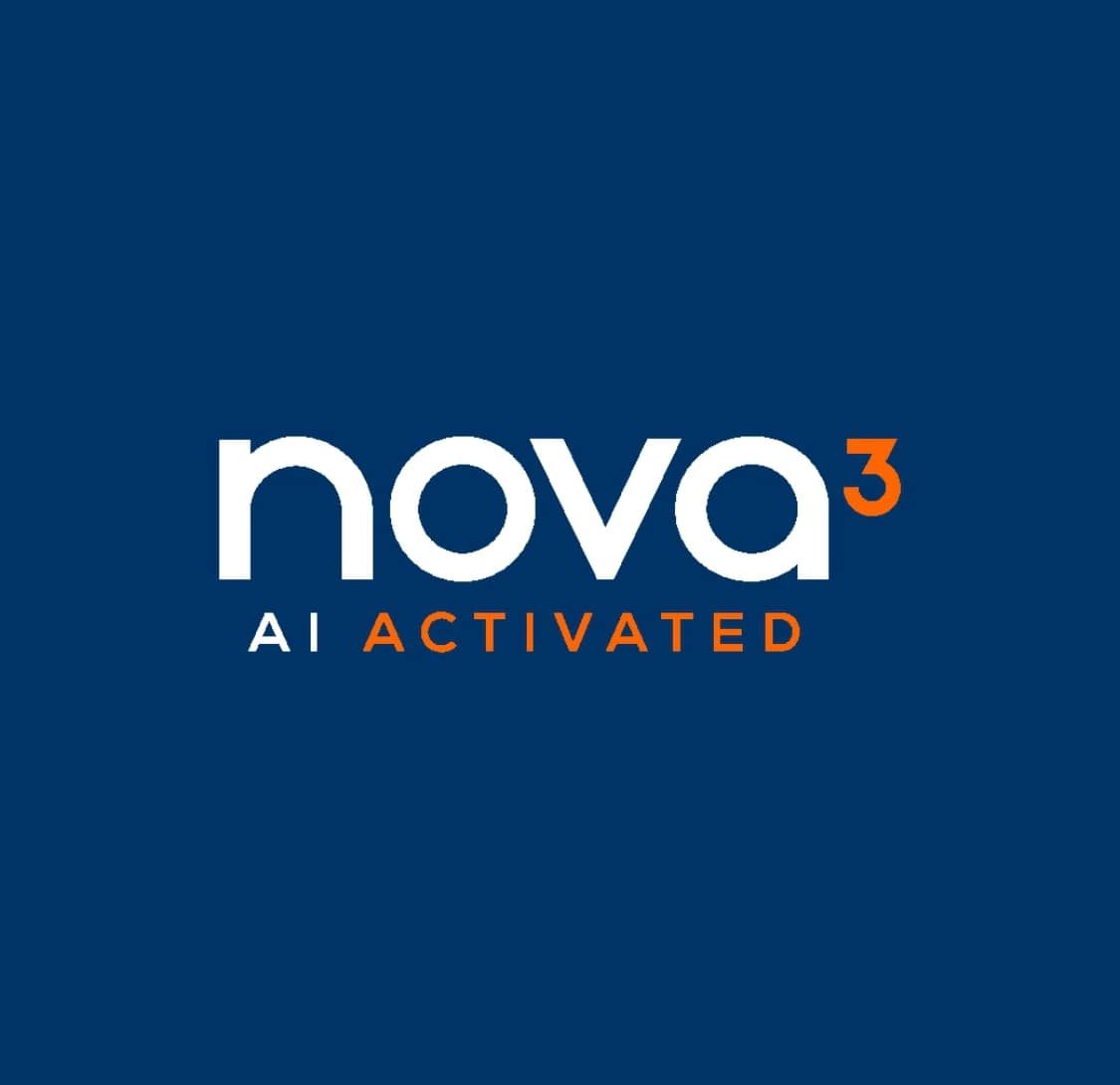30 Days of AI | DAY 17
Have you ever noticed how the way you ask a question can completely change the answer you get?
In my experience, I’ve found that the more creative and detailed my AI prompts are, the more surprising—and valuable—the responses tend to be.
This is where your creativity comes into play.
Today marks Day 17 of our 30 Days of AI series, and it’s also Day 2 of our 7 Days of Serendipity.
As we continue this journey, we’re diving deeper into how your creative input can lead to moments of Synthetic Serendipity—those unexpected, yet incredibly valuable insights that AI can offer.
When interacting with AI, the specificity and creativity of your prompts have a direct impact on the AI’s responses. The more nuanced and detailed your input, the richer the AI’s output becomes. It’s almost like the AI is responding to the energy you put into crafting your prompt.
The more effort and creativity you invest, the more likely you are to experience moments of Synthetic Serendipity.
But why does this matter?
Because when you guide the AI with creativity, you’re not just getting back what you put in; you’re opening the door to unexpected insights and new ideas that can truly transform your thinking or approach to a problem.
I’ve had moments where a simple change in wording or a more creative approach to asking a question has led to entirely different—and often more insightful—responses.
For example, instead of asking the AI to "list the benefits of a healthy diet," try asking it to "imagine the life of someone who has consistently made healthy eating choices for the past 10 years." The difference in the depth and quality of the response is striking. The latter prompt provides the AI with a richer context to draw from, which can lead to more nuanced and surprising insights.
This happens because when you give the AI more context—through detailed, imaginative prompts—it has more material to work with. It can weave together different ideas, concepts, and patterns from its training data, leading to responses that feel more aligned with your intent and often introduce perspectives you hadn’t considered.
By doing this, you’re not just using AI to get answers; you’re actively steering the conversation toward discovering something new and valuable, something that might never have surfaced with a more straightforward approach.
At the heart of Synthetic Serendipity is the relationship between your input and the AI’s output. The quality and creativity of your input directly influence the model’s output. When you craft a detailed, creative prompt, the AI has a broader range of patterns and knowledge to draw from, which increases the likelihood of generating a response that feels serendipitous.
Large language models like GPT-4 are highly sensitive to the context they’re given. The more nuanced the prompt, the more context the AI can use to generate a response that’s richer and more aligned with your expectations. By carefully crafting your prompts, you’re effectively steering the AI’s responses in a direction that’s more likely to yield those magic moments of Synthetic Serendipity.
Think of your prompts as seeds—plant something rich and detailed, and you’re more likely to grow something extraordinary.
Over the next day, try experimenting with different styles of prompts. Add more detail, ask the AI to take on different
perspectives, or approach a topic from a creative angle. Pay attention to how these changes influence the AI’s responses, and consider which types of prompts seem to lead to more serendipitous moments.
What patterns do you notice in how the AI responds to your creativity?
Tomorrow, we’ll explore how speaking to the AI can open up new possibilities. You’ll see how richer, spoken inputs can lead to even more nuanced and surprising responses, taking your AI interactions to a whole new level.
We’ll dig into why the act of speaking adds layers of context and how this can further enhance the chances of experiencing Synthetic Serendipity.
Ready to Start Your AI Journey?
© Copyright Nova3. All Rights Reserved




